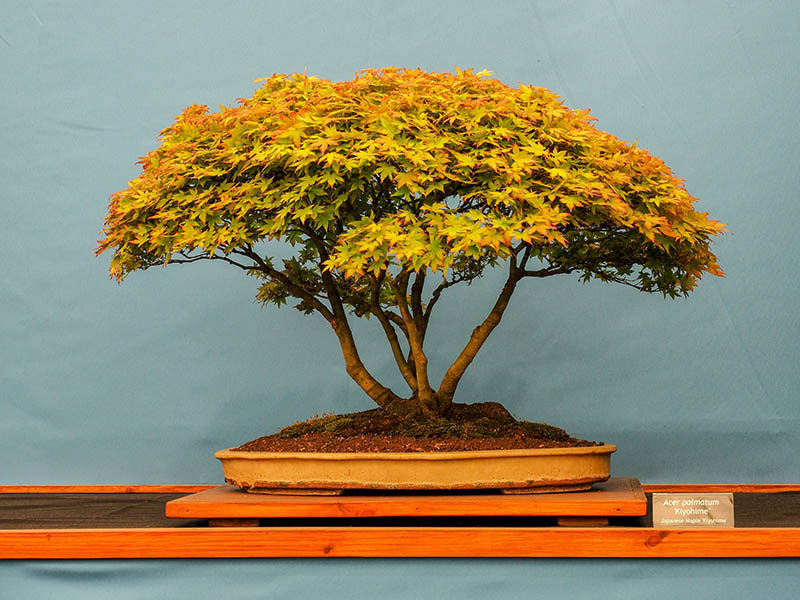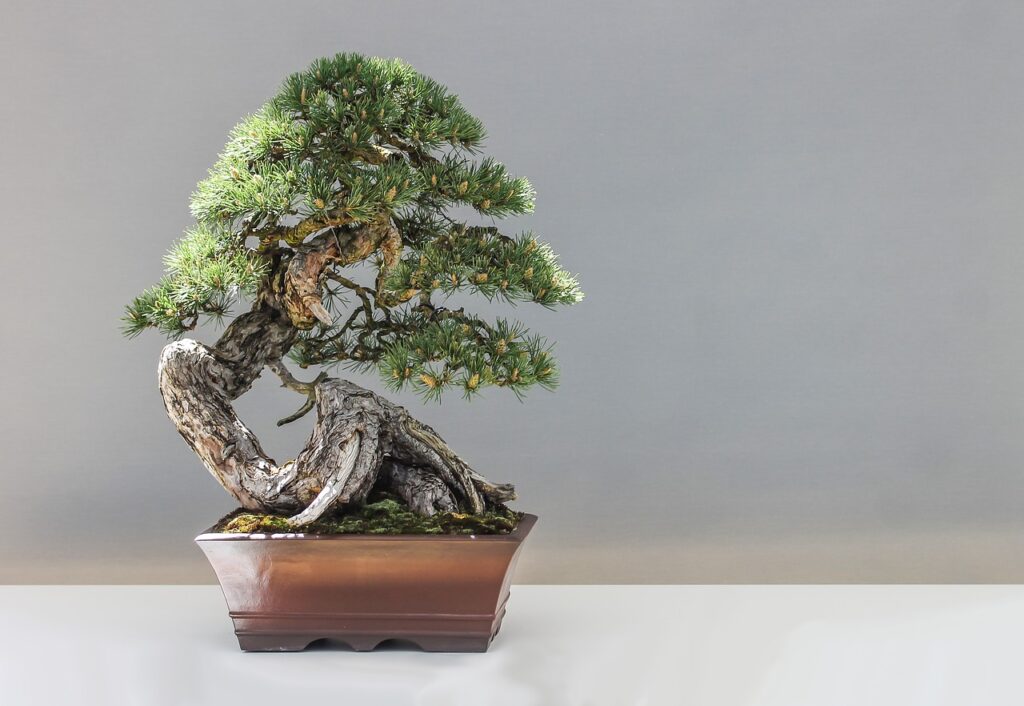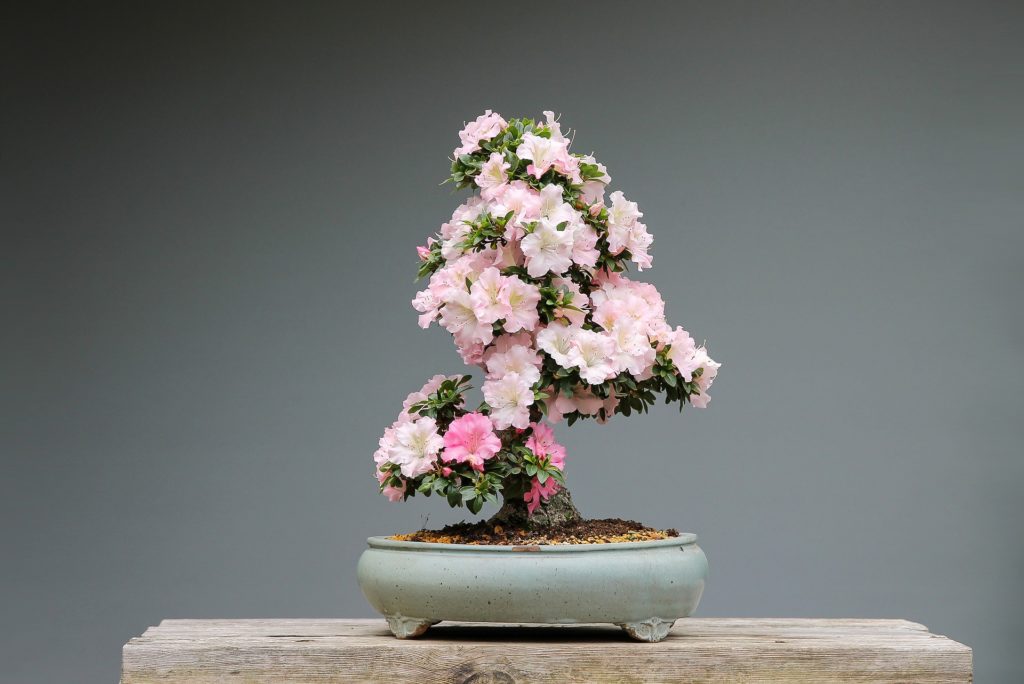How Long Do Bonsai Trees Live? (Average Lifespan Data & Facts)
-
Pete Ortiz
- Last updated:

If you’re thinking about getting a bonsai tree or just inherited one from a family member or friend, it’s natural to wonder how long it’ll live. But there’s no short and quick answer to that.
That’s why we developed this guide that breaks down everything that you need to know to figure out how long your bonsai tree can live.
What’s the Average Lifespan of Bonsai Trees?
The average lifespan of a bonsai tree depends on the type of bonsai tree species that you have. Species like the Juniper live for about 50 years on average, while others, like the Ficus, can live for hundreds of years.
That’s why it’s hard to give you an exact average lifespan of a bonsai tree. Still, no matter what type of bonsai it is, it’s not a short-lived tree!

Why Do Some Bonsai Trees Live Longer Than Others?
There’s a big age gap between how long various bonsai trees can live, and it can be challenging to figure out why one lives longer than another. Here are five potential reasons.
1. Type of Tree
When you think of a bonsai tree, you might only think about one type of tree. But there are many different bonsai tree species, and this plays a big part in how long they’ll live.
Some bonsai trees can live for a thousand years, while others have an average lifespan of around 50 years. So, know what you’re getting before picking out a bonsai tree.
2. Level of Care
The most important factor in figuring out how long your bonsai tree will live is how well you take care of it. If you meet all the care requirements exactly, there’s no reason that your bonsai tree can’t live at least 100 years.
In fact, some bonsai trees can live for close to 1,000 years — if they are cared for properly. Skill level plays a big role here.
If you’re an adept and skilled bonsai tree gardener, you can better recognize what your bonsai tree needs when it needs it, which goes a long way in keeping it alive longer.
3. Environment and Conditions
Bonsai trees can be delicate plants to grow, so doing your best to give it ideal conditions goes a long way in determining how long it will live.
Sometimes, a tree can continue to grow with conditions that are slightly off, but this will typically have a long-term impact on the tree and can ultimately affect how long it will live.
4. Pot Size
You will need to repot your bonsai tree as it grows, but for the most part, you want to keep the pot as small as possible. This will help with the growth of the tree and can even help it live longer. It’s a crucial part of the care requirements for a bonsai tree.
5. Genes
Good genes will help the tree live longer, while bad genes will leave it more susceptible to future problems.

The Five Life Stages of a Bonsai Tree
If you’re thinking about growing your own bonsai tree, you need to know about its five different life stages. From seeds to refinement, each one is important and will go a long way in determining how healthy your bonsai tree is.
Seed
Every tree, no matter how big or small, starts as a seed. The bonsai tree is no different. It starts as a small seed that can come in multiple colors, depending on the exact variety of bonsai tree.
Sapling
Once the seed germinates and spends time in the ground, it’ll start to sprout. This small sprout is a sapling, and during this time, the bonsai tree is extremely vulnerable.
It doesn’t take much to damage a sapling, which is why you need to take extra precautions to ensure that nothing happens to it during this life stage.
Early Development
If you’re shopping in a plant nursery, this is likely the life stage that you’ll find bonsai trees in. It has passed its most vulnerable life stage, and it’s time for it to find a more permanent home.
Just like you don’t want a sapling that is extremely temperamental, you don’t want an established bonsai tree that won’t easily adapt to whatever pot you have for it.
During this life stage, the bonsai tree is trying to thicken its trunk, develop a root ball, and establish primary branches.
Secondary Development
During the secondary development stage of the bonsai tree, it’s trying to branch out more (literally). Before this stage, the bonsai tree should already have primary branches and roots established. The secondary development stage is all about developing secondary branches.
The root ball is already in place, and if any of the primary branches haven’t finished thickening, they will during the secondary development stage.
Refinement
It’s at this life stage that most people consider their bonsai tree to be “fully mature.” For proper bonsai tree care, you want to keep the pot small and repot the plant as infrequently as possible. This keeps the root network small and helps ensure that the canopy on the bonsai tree doesn’t get too coarse.
The exact time frame between repotting depends on the type of bonsai tree that you have, but it’s not uncommon for them to go between 5 and 8 years in a single pot.

How to Tell Your Bonsai Tree’s Age
While there’s no foolproof way to figure out the exact age of your bonsai tree, you can get close with relatively simple calculations. The best way to figure out your bonsai tree’s age without damaging it is to multiply the tree’s diameter by the average annual growth rate.
But this only gives you an estimate, since many factors could’ve stunted the tree’s growth over the years.
The most accurate way to determine the tree’s age is to prune a thicker branch from the bonsai tree and count the number of rings in it. However, this can hurt the tree.
Conclusion
Bonsai trees are well-known for their longevity, and if you get the right variety, a tree can live for centuries. They’re not always the easiest to care for, though, so take your time, do your homework, and see if you can create a family heirloom for generations to come by getting a bonsai tree!
Featured Image Credit: Pauline Bernfeld, Unsplash
Contents


